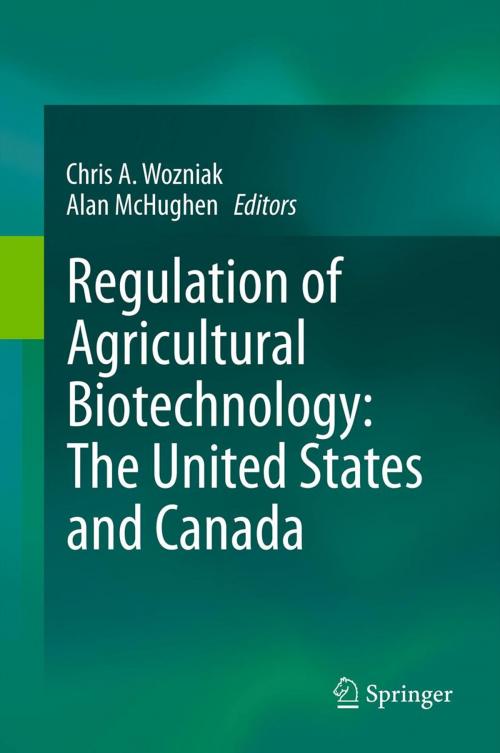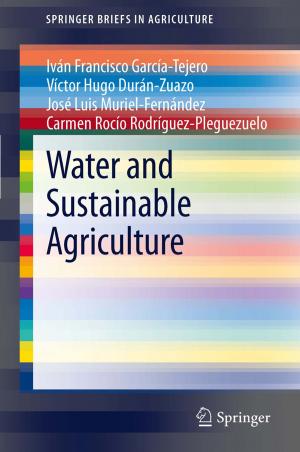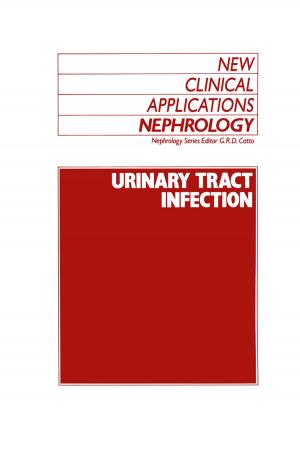Regulation of Agricultural Biotechnology: The United States and Canada
Nonfiction, Science & Nature, Science, Biological Sciences, Genetics, Zoology| Author: | ISBN: | 9789400721562 | |
| Publisher: | Springer Netherlands | Publication: | October 5, 2012 |
| Imprint: | Springer | Language: | English |
| Author: | |
| ISBN: | 9789400721562 |
| Publisher: | Springer Netherlands |
| Publication: | October 5, 2012 |
| Imprint: | Springer |
| Language: | English |
Agricultural biotechnology takes many forms and applications, with the number and diversity of products ever increasing. With this rapid development, regulatory authorities have sought to keep pace through regulatory adjustments and advances to ensure the safe and beneficial use of this critical technology. The regulatory systems for the U.S. and Canada are not static and must evolve in order to maintain relevance, efficiency and applicability to the challenges encountered. The diverse authors, drawn from the biotechnology industry, academia, government research and regulatory agencies, offer their perspectives of the historical and current system and suggest where it can be improved in the future. Based upon vast experience interacting with the regulatory system, the editors and authors offer demystifying views of the US and Canadian regulatory structures and how they came to be. We know of no other effort to present the biotechnology regulatory systems of the US and Canada in an open forum which will benefit those in the regulated community as well as those charged with oversight of the products of biotechnology, and ultimately the consumer!
Agricultural biotechnology takes many forms and applications, with the number and diversity of products ever increasing. With this rapid development, regulatory authorities have sought to keep pace through regulatory adjustments and advances to ensure the safe and beneficial use of this critical technology. The regulatory systems for the U.S. and Canada are not static and must evolve in order to maintain relevance, efficiency and applicability to the challenges encountered. The diverse authors, drawn from the biotechnology industry, academia, government research and regulatory agencies, offer their perspectives of the historical and current system and suggest where it can be improved in the future. Based upon vast experience interacting with the regulatory system, the editors and authors offer demystifying views of the US and Canadian regulatory structures and how they came to be. We know of no other effort to present the biotechnology regulatory systems of the US and Canada in an open forum which will benefit those in the regulated community as well as those charged with oversight of the products of biotechnology, and ultimately the consumer!















